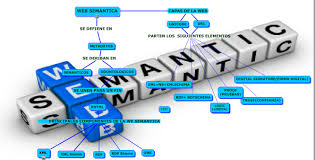Semantics: Diachrony and Synchrony

Semantics studies the significance in two aspects: Diachrony and Synchrony.
- Diachrony studies the different meanings that words have undergone in their evolution and transformation throughout the ages, when communicative needs have required changes in meaning.
Example: the word stewardess meant originally, raised of the queen, a meaning that is very different from the one that we know at the moment; what implies a diachronic change, that is, through time. The word fisco originally meant purse; very different from its current meaning.

Synchrony is the study of linguistic facts at a given moment, outside of the evolution of time, taking into account the context and meaning. This explains the meaning of a word at a given time. Example: The word fox means, literally, male of the fox; but that meaning can make reference to astute, lazy man, playing dumb, etc; this implies a synchronic use of the word.

Love is a madness that only the cure heals,
and when the priest cures him he commits great madness.Llama Llama is what it is called.
Did you see how he dresses?
- Historical causes: meeting of cultures, new words.
- Social causes: new professions, new sciences, scientific advances.
- Psychological causes: attitude of people when communicating ideas and social taboos.

Thank you for visiting my blog.